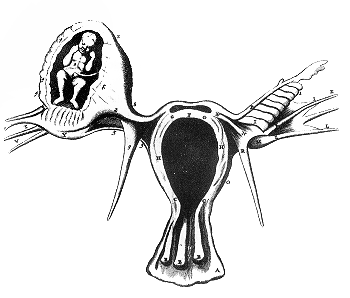The kicking of the fetus is felt by the mother at the time of 16th week to the 22nd week of pregnancy onwards. The slight movement of the fetus is felt even from seventh week or eighth week itself. The mother who has already experienced the baby’s kicks in her first pregnancy might be able to distinguish the baby’s kicks from other belly movements due to hunger pangs, other internal movements, and gas. The women who are thin are found to have more chances to identify the movements in the early stages than the women who are heavier.
Babies grow inside the womb as the pregnancy advances. The movement takes place as the baby develops. It allows itself to be flexible and stretch as it starts growing. The movements of the baby might occur when it hears any sound, when the mother is experiencing any emotions, when the position of mother changes, and when the mother consumes various food items. The first and primary fetal movement noticed by the pregnant woman is called “quickening.†Experiencing flutters is nothing but quickening and is observed from the 13th week to the 25th week. The movement happens very noticeably during the 24th and 28th weeks as kicks so the baby will have enough space to move inside. The growth of the baby leads to its movements very often as it adjusts itself inside the womb. This indicates that the baby is developing properly with desired care and safety measures.
The muscle functioning of the baby is checked inside the womb as the muscle functioning has to happen properly after some time. The baby is found to be practicing its yawning, breathing, crying, sucking, and blinking before it is delivered outside the body. In the starting stages of pregnancy, the baby’s brain generates electrical impulses which will stimulate the twitches in its body. When the brain has developed completely, it will control the functions of the baby’s body, and the baby begins to move its body voluntarily. These are experienced as kicks.












Leave a Reply